Victoria Memorial is one of the remarkable landmarks in the city of Kolkata, West Bengal. The classic white Makrana marble monument, once dedicated to the royal queen, is now glorifying the city’s pride. It is a must visit tourist destination of Kolkata for experiencing the essence of Victorian era. However, the memorial has now turned into museum and under patronage of Ministry of Culture.
Victoria (1819 – 1901) was the Queen of the United Kingdom of Great Britain and Ireland since 1837 until her death. Her reign of 63 years is known as Victorian era. She had also been the Empress of India since 1876 until she died.
Indo-Saracenic design clearly depicts beautiful mixing of British and Mughal architecture together. Similar architectures are usually noticeable in late 19th and early 20th century constructions. The main dome with its four octagonal chhatris unarguably have glimpses of Taj Mahal. However, Venetian, Egyptian and Deccani architectural influences are also noticeable. Use of white Makrana marbles added the royal vibe to the grand memorial.
Indo-Sarasenic Architectures are widely noticeable in 19th century constructions in India. Glimpses of Hindu, Mughal, Rajput and Gothic style are visible in Mysore Palace Architecture. Mysore Palace, Madras High Court, Chhatrapati Shivaji Maharaj Terminus of Mumbai are the famous examples of Indo-Sarasenic Architectures.
History of Victoria Memorial Kolkata
Lord Curzon, the British statesman, served as the Viceroy of India from 1898 till 1905. After the demise of Queen Victoria in January 1901, Lord Curzon decided to build a memorial for the Empress. Curzon also wanted a museum and garden alongside the grand memorial.
Lord Curzon called the historical meeting on 6 February 1901 at the Town Hall of former Calcutta. He wanted the Memorial to be a grand one. Curzon made the fund raiser appeal to British officials and rich Indian individuals. Entire cost of construction, amounted about Rupees 1.05 crores, raised from the voluntary subscriptions.
“Let us, therefore, have a building, stately, spacious, monumental and grand, to which every newcomer in Calcutta will turn, to which all the resident population, European and Native, will flock, where all classes will learn the lessons of history and see revived before their eyes the marvels of the past.”
-Lord Curzon [source: wikipedia]
George V, the Prince of Wales, laid the foundation stone of Victoria Memorial Kolkata in January 1906. The construction carried out between 1904 and 1921. King Edward VIII, the Prince of Wales, inaugurated Victoria Memorial in 28 December 1921 and opened it for public.
Design and Architecture
Sir William Emerson, President of Royal Institute of British Architects, designed the plan of Victoria Memorial Kolkata. Vincent J. Esch, was appointed to assist Sir Emerson for the design and construction work. Sir Emerson engaged Esch for preparing the sketch of his original design in 1902. Esch also had designed the bridge of the north aspect and the garden gates.
Lord Redesdale and David Prain did the design work of the beautiful garden of Victoria Memorial.
Martin & Company of Calcutta started the construction work in 1904, in undivided Bengal. But things started getting slower after Lord Curzon departed from India in 1905. However, the foundation stone of Victoria Memorial was laid in 1906. But Curzon’s successors did not show enough enthusiasm in the project. Hence things started getting delayed again. However, situation improved by 1910. Vincent Esch also had established himself as a leading architect of Calcutta during the period. Esch therefore, got official appointment as Superintendent Architect for the project.
After taking the charge, Esch made some significant changes to the original plan, especially redesigning the foundations. His innovative principles and valuable contributions made him extensively famous.

The beautiful bronze status of Empress Victoria seated on her throne, was a creation of famous British sculptor, George Frampton.
On top of the main dome, the figure of Angel Victory shines with pride. Standing on top of a large ball bearing, it can rotate in wind’s direction. Several allegorical sculptures are also visible surrounding the main dome.
5 Interesting facts about Victoria Memorial Kolkata
1. From the Presidency Jail to Victoria Memorial
Earlier, the site location of Victoria Memorial was housing the Presidency Jail. Indian freedom fighters like Sri Aurobindo, Netaji Subhash Chandra Bose had once been prisoners of the Presidency Jail. However, after construction of Alipore Jail, the British demolished this jail and relocated it to Alipore.
2. Special Makrana marbles
Makrana marbles are purely water seepage resistant and have a great white royal look. Mughal emperor Shahjahan, therefore, also had acquired the same marbles for construction of the great Taj Mahal. However, the Martin & Company had to establish special mines at Makrana, Rajasthan to dig out marbles for construction of Victoria Memorial Kolkata.

3. Cost of construction
The total estimated cost of construction was Rupees 1.05 crores. Rupees 25 lakhs were estimated for the cost Makrana marbles only. However, after Indian Railways offered free transportation of marbles, the freight cost reduced significantly. Rich Indian families and British officials had responded incredibly to the fund raising appeal of Lord Curzon. Their voluntary donations secured sufficient funds for the construction.
4. Painted in black during World War II
On 20 December 1942 during the World war II, Japanese fighter planes started bombarding at various places in Kolkata. They majorly were targeting to destroy the Howrah Bridge and the sea port located in the city. But had also targeted and destroyed few major architectures of the city.

British army had quickly secured the city with air defence system for the day time. But could not provide any security for the night and needed more time to do so. Therefore, in order to protect the Queen’s memorial from the Japanese bombers, the British thinktank decided to paint the Memorial in black. Mixture of muds and cow dungs were used for the precautionary painting work.
5. Museum galleries
There are 25 galleries inside the main chamber of Victoria Memorial Hall. Some of the galleries are very special including the royal gallery, the national leader’s gallery, the portrait gallery, central hall, the sculpture gallery, the arms and armory gallery, and the newer, Kolkata gallery.

Walls of the Victoria Gallery, deeply carved with the text of Queen Victoria’s proclamation, is the main attraction. Several paintings are also there that reminds various events of her life.
Mr. Saiyid Nurul Hasan, the Minister of Education during 1970s, proposed a new Kolkata Gallery. He wanted to showcase the history of Calcutta. Later in 1986, Hasan became the Chairman of the Victoria Memorial board of trustees and also the Governor of West Bengal. With Hasan’s initiatives, the concept of Kolkata Gallery was agreed. The Kolkata Gallery finally opened in public in 1992.
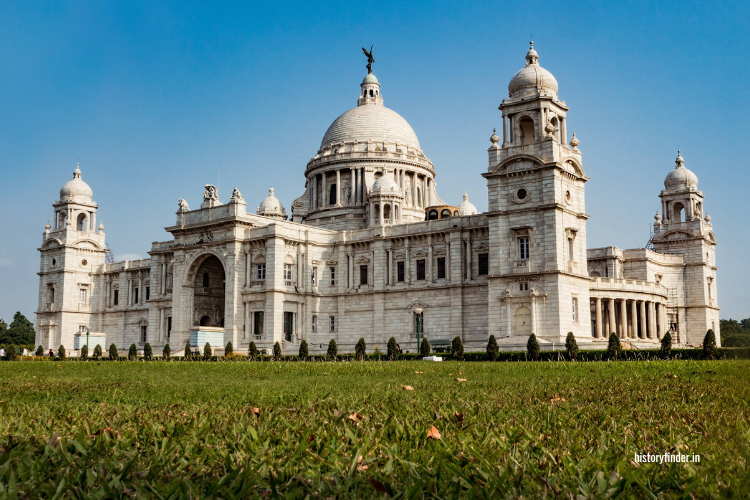
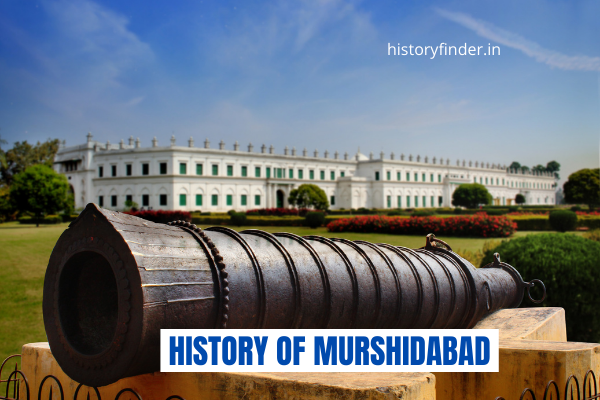
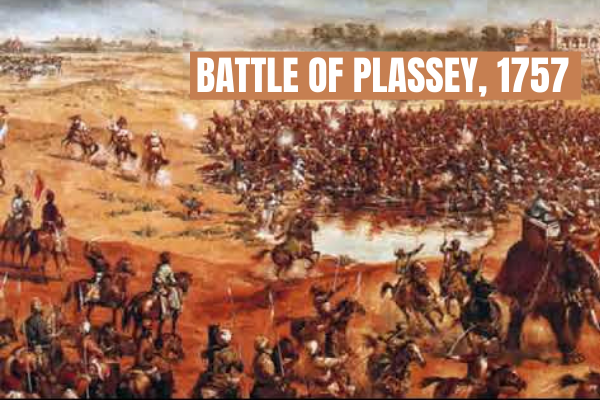
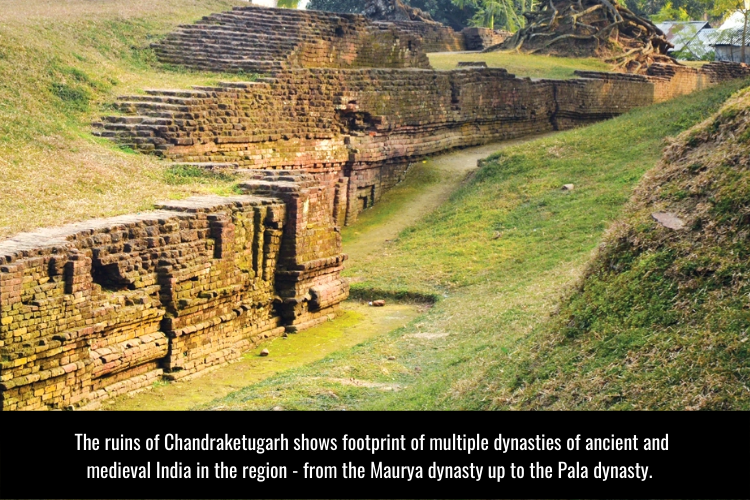
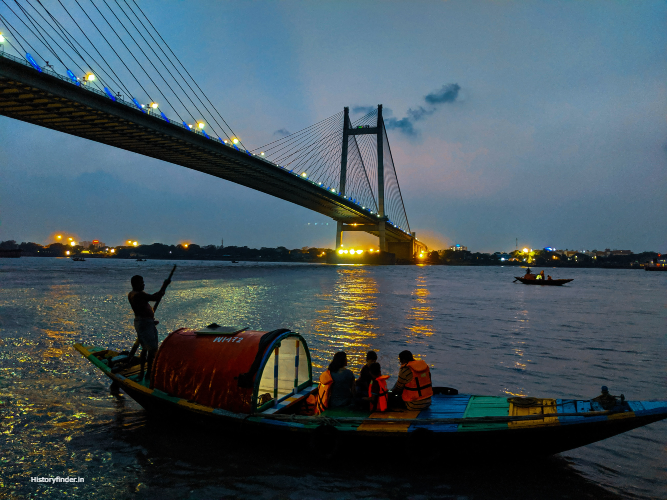
Pingback: Gateway of India Mumbai -
Pingback: Mysore Palace History and Architecture - History Finder